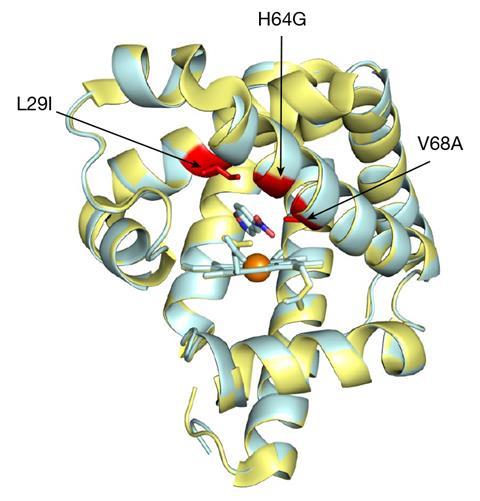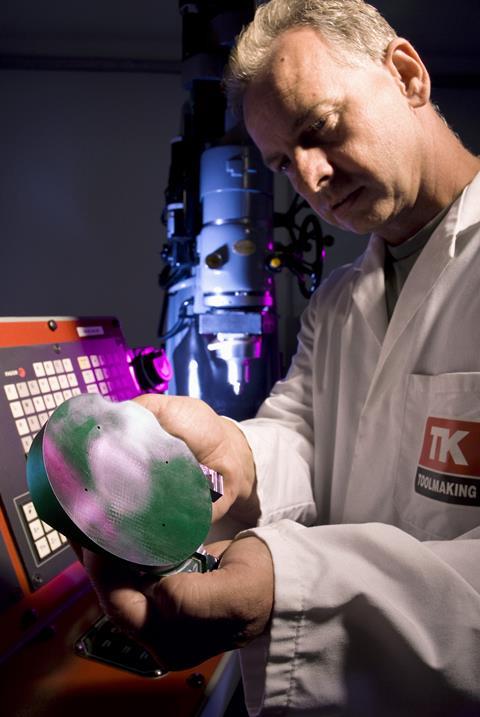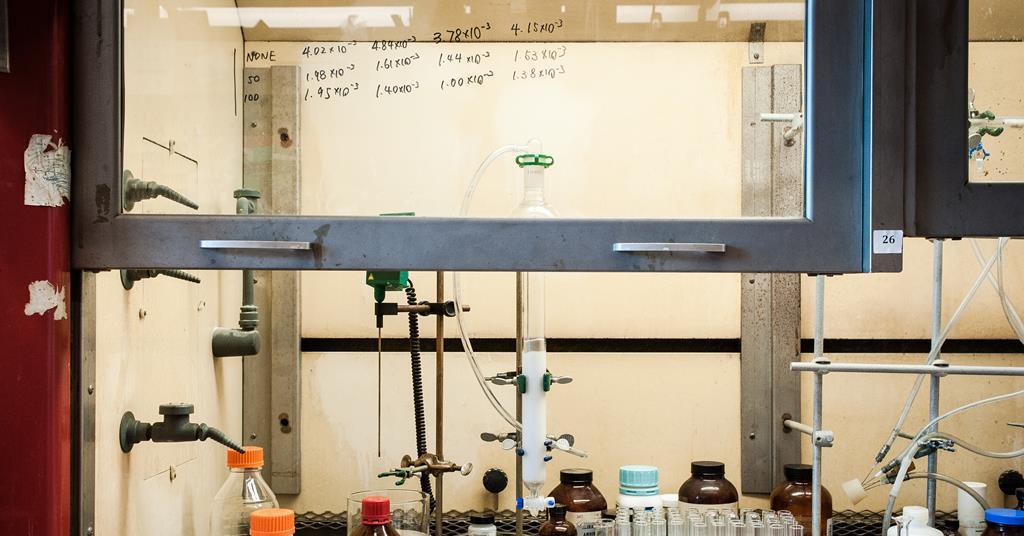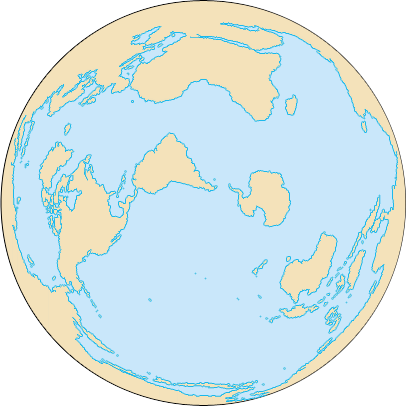A nuclear magnetic resonance spectroscopy technique could offer a quick and simple way to identify hotspots in proteins for engineering new and more efficient enzymes. The team behind the work demonstrated the method by directing the evolution of a muscle protein that usually stores oxygen so that it became an effective eliminase enzyme. Protein engineers […]
Read More








